Sea anemones are colorful organisms that may look like plants, but they are actually immobile invertebrate animals. You might have seen them in movies or documentaries, or even in real life, but perhaps you don’t know their name or much about them. Sea anemones have fascinating adaptations such as mutualistic relationships with other organisms, venomous capabilities, and striking colors. Keep reading this article from EcologíaVerde to learn more about the characteristics, habitat, and feeding habits of sea anemones.
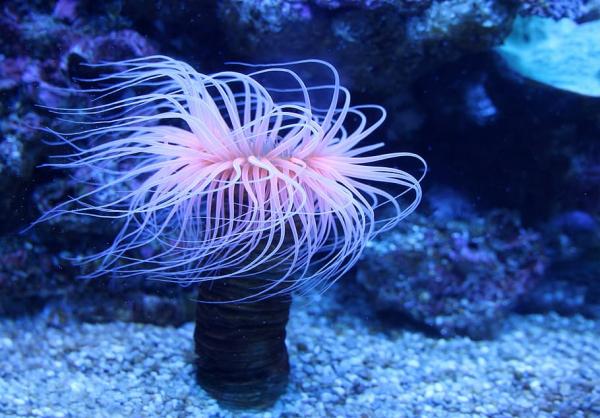
Key Characteristics of Sea Anemones
Types of Sea Anemones
What to Do If Stung by a Sea Anemone
Feeding Habits of Sea Anemones
Habitat of Sea Anemones
Reproduction of Sea Anemones
Sea anemones are named for their flower-like appearance but are actually sessile animals fixed to the seabed. Here are their most notable features:
Sessile Animals: They are mostly fixed to marine substrates and may only move a few millimeters. Their strong attachment allows them to withstand dynamic ocean currents.
Bright Colors: Commonly pink, brown, purple, green, and red, making them visually striking.
Relatives of Jellyfish: They belong to the phylum Cnidaria but differ from jellyfish by lacking a medusa stage; they remain as benthic polyps.
Body Structure: A central mouth surrounded by tentacles coated in protective mucus, which retract when disturbed or during low tide.
Radial Symmetry: Their cylindrical body extends beneath the mouth and is radially symmetrical, aiding both feeding and hydrostatic balance.
Three Tissue Layers: Epidermis (outer skin), mesoglea (gelatinous layer for flexibility), and gastrodermis (inner digestive lining).
Size Range: From a few centimeters up to two meters in size.
Cnidocytes: Specialized cells containing venomous nematocysts used for prey capture and defense.
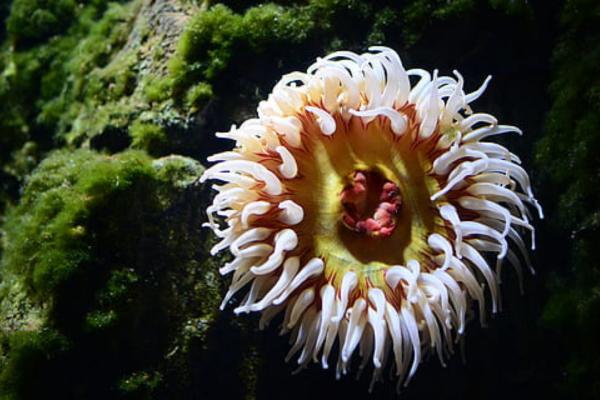
There are over 1,000 known species of sea anemones grouped mainly into two suborders:
Enthemonae: Typical sea anemones with soft bodies and flower-like tentacles; most species belong here.
Anenthemonae: Sea anemones with atypical mesenterial morphology, lacking the classic tentacle arrangement.
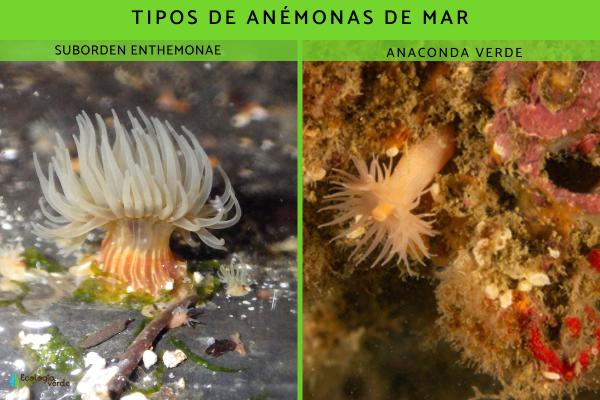
Sea anemones generally do not sting unless provoked, though accidental contact during diving or snorkeling can occur. If stung:
The nematocysts release venom causing itching, burning, redness, nausea, and in severe cases, loss of consciousness.
Treatment involves applying diluted acetic acid (vinegar) to neutralize the venom. Baking soda, sugar, or papain can also be used. If unavailable, rinse immediately with seawater. Antihistamines may relieve itching, but medical attention is advised.
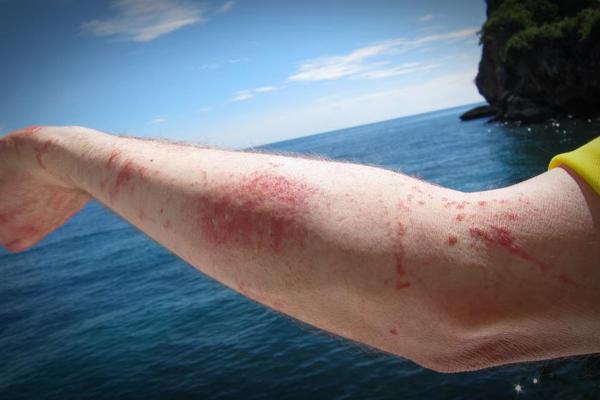
Sea anemones are active predators, using their venomous tentacles to capture fish, mollusks, and sea urchins. Prey size corresponds to anemone size. Paralysed prey is transported to the mouth and digested in the gastric cavity.
They also consume planktonic particles suspended in water, often helped by ocean currents. Many maintain symbiotic relationships with zooxanthellae algae, providing shelter in exchange for photosynthesized energy.
Some species also symbiotically associate with anemonefish, which bring food and clean the anemones while gaining protection from predators. The fish develop immunity to the anemone’s venom over time.
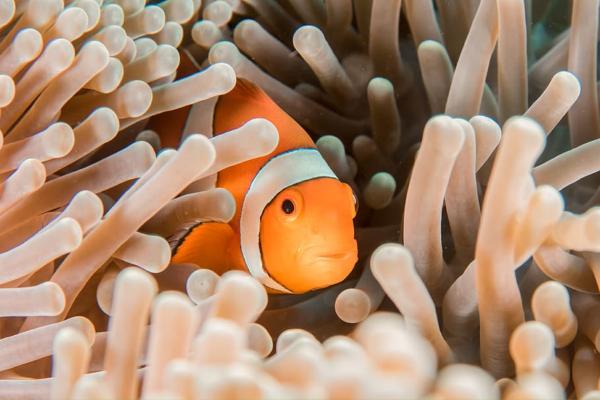
Sea anemones have a cosmopolitan distribution, predominantly inhabiting shallow waters up to 20 meters deep where sunlight penetrates. They thrive in warm, tropical waters such as the Mediterranean and Atlantic, but some species live in colder or deeper environments.
They attach firmly to rocky or sandy substrates using their muscular foot called the pedal disc.
Sea anemones reproduce both asexually (by fission or budding) and sexually (by gamete fusion). Fertilization can be external, with gametes released into the water, or internal, where sperm enters the female for fertilization.
The fertilized egg develops into a mobile larva which later settles on a substrate to grow into a sessile polyp. Adult sea anemones may be either separate sexes or hermaphrodites depending on the species.
For more information on asexual reproduction and hermaphroditic animals, see related articles.
If you want to read more articles related to Sea Anemones: Characteristics, Types, and Feeding Habits, please visit our Wildlife category.
animal tags: Sea Anemones
We created this article in conjunction with AI technology, then made sure it was fact-checked and edited by a Animals Top editor.